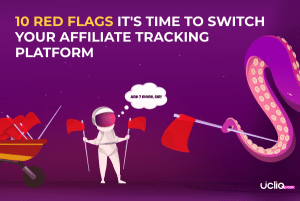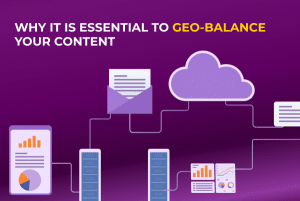Is Pixel Tracking Making a Comeback?

Affiliate marketing never stands still. Trends fade, resurface, and adapt to new technologies and regulations. In 2025, on the Internet, you can increasingly hear rhetoric that pixel tracking is returning and will once again be in the spotlight.
But with growing privacy concerns, tightening cookie policies, and the rapid advancement of AI, many marketers are questioning whether this long-standing method still has a place in today’s performance-driven landscape.
What Is Image Pixel Technology?
Image pixel technology refers to the fundamental building blocks of digital images. A pixel, short for “picture element,” is the smallest unit of a digital image or display. Each pixel represents a single point in the image and contains color information that contributes to the overall picture.
Image pixel technology in affiliate SaaS is primarily utilized for tracking user interactions and affiliate conversions. By embedding tracking pixels on websites or emails, affiliates can gather data on user behavior, such as page views and ad clicks, which helps in measuring the effectiveness of marketing campaigns and optimizing performance.
Benefits and Limitations of Tracking Pixel Implementation
Tracking pixel implementation offers a simple yet effective way to track affiliate conversions by placing a small piece of tracking code (often an image pixel or JavaScript) on your thank you or confirmation page. This method is particularly useful when server-side tracking isn’t an option, such as with static pages, form builders, or email campaigns.
While smart pixel technology is easy to implement, it’s important to note that its accuracy can be affected by cookie restrictions, ad blockers, and browser privacy settings. For critical tracking needs, thorough testing is essential, and postback tracking should be considered when possible.
How Pixel Integration Works
To see how pixel tracking works in a real situation, let’s go through the steps from when a user clicks a link to when they make a purchase.
First, a visitor clicks on an affiliate link. This link directs them to an affiliate tracking platform instead of going straight to the merchant’s website. When the user’s browser reaches this special tracking link, the system saves a cookie in their browser. This cookie holds important information, like which affiliate brought the visitor and the campaign ID.
Next, after the cookie is set, the tracking platform quickly redirects the user to the merchant’s website. From the user’s perspective, this redirection happens almost instantly.
Once on the merchant’s site, the user browses around and eventually makes a purchase. On the confirmation or Thank You page, the merchant has a tracking pixel, which is a small piece of code (either an image or JavaScript).
This tracking pixel prompts the browser to send a request back to the original tracking platform, including the cookie that was saved earlier. This allows the tracking platform to identify the user.
Finally, the tracking platform receives this request, reads the cookie, and connects it to the original click. This way, the conversion is recorded and credited to the right affiliate, campaign, or offer.
Is Pixel Image Worth Your Attention in 2025?
With the rise of AI and machine learning, pixel technology is evolving. AI-driven tools can enhance images by intelligently adjusting pixel values, improving clarity, and even generating new content.
The use of AI can enhance pixel tracking by automating data analysis, optimizing marketing strategies in real-time, and personalizing user experiences, ultimately driving better performance and higher conversion rates.
In 2025, pixel images remain relevant, particularly in social media and digital marketing. Their importance is highlighted by ongoing discussions about image sizes and tracking technologies, which continue to play a crucial role in user engagement and data collection.
This way, pixel images continue to be a vital component of digital marketing and social media strategies, adapting to new trends and technologies while maintaining their importance in engaging audiences effectively.
No matter how pixel tracking changes or what conversations it sparks, UCLIQ has this technology built in. If you’re curious about how pixel integration can enhance your marketing efforts, book a demo with us today!



